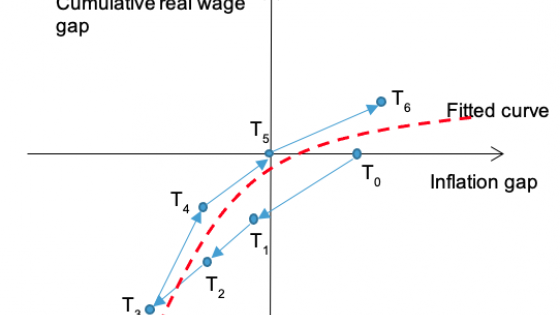DP1773 The Real Exchange Rate in Transition Economies
Real exchange rates appear to present a specific behaviour in the early phase of transition: they are largely unaffected by nominal exchange rate movements and exhibit trend appreciation. The model presented here describes the transition process as the emergence of two new (traded and non-traded good) sectors and the decline of an inefficient and subsidized state sector. The absence of financial markets means that firms accumulate capital through retained earnings. Labour markets are imperfect giving rise to a wage gap. The model shows that the real exchange plays the crucial role of determining real wages. Through real wages it sets the pace for the development of the new sectors as workers are attracted out of the state sector. The link between growth and real appreciation differs from the usual Balassa-Samuelson effect. The paper also explores the role of labour market distortions and foreign financing.


